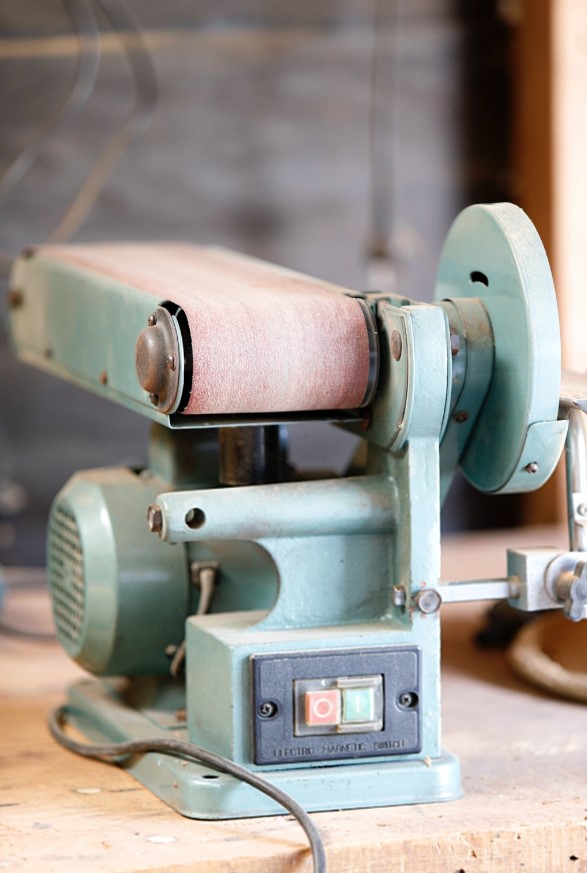Sanding Belts Available at Newlands Fasteners: Choosing the Right Grit
10 November 2023
Know how to select the perfect sanding belt grit for your project. Sanding belts available at Newlands Fasteners, get some expert tips. Call (03) 9354 1461.
When it comes to metalworking, woodworking, or other similar projects, the essence of choosing the right sanding belt cannot be overstated. A sanding belt is a versatile tool maximised for smoothing, shaping, and finishing various surfaces. However, not all of them are created equal. The quality of work can be determined by the sanding belt grip one would select in the long run.
An Overview of Sanding Belt Grit
Grit refers to the abrasive particles embedded in the sanding belt. These particles come in different sizes and are measured using a standardised system known as the grit rating. The grit rating corresponds to the number of abrasive particles per square inch of the belt’s surface. In general, sanding belts range from very coarse or low grit to very fine or high grit.
Some of the most common sanding belt grits are as follows.
1. Coarse Grit (40-60): Coarse grit sanding belts can be useful for heavy material removal and shaping. They are excellent for removing paint, varnish, or rust from metal surfaces or for quickly levelling wood surfaces. However, they can leave noticeable scratches. Therefore, they are typically used as a starting point before progressing to finer grits.
2. Medium Grit (80-120): Medium grit sanding belts, alternatively, are versatile and suitable for both material removal and surface preparation. They can smooth out the scratches left by coarse grits and are typically used for preparing wood for staining or painting.
3. Fine Grit (150-240): Fine grit sanding belts are ideal for finish sanding. They can remove minor imperfections, sand between coats of paint or finish, and achieve a smooth, polished surface on wood, metal, plastic, and other similar materials.
4. Very Fine Grit (320-600+): Very fine grit sanding belts, ultimately, are reserved for delicate work that needs an exceptionally smooth finish. They are commonly used in fine woodworking, furniture making, and for polishing metals or plastics.
Sanding Belt Grit for Your Project
Choosing the appropriate sanding belt grit for your sanding project would often depend on the material you are working with as well as the goal of your project. Numerous tips, fortunately, can be followed to ensure you pick the right sanding belt grit.
First, you must start your project with a coarser grit to remove imperfections. Subsequently, you can move to finer grits to achieve a smooth finish on your material surface. Another thing you must know is the properties of your workpiece. Different materials require different grits. Wood, metal, and plastic each possess unique characteristics. Hence, you must only opt for grits that are suitable for the specific material you are working on.
A medium to fine grit must then be utilised if you are preparing a surface for painting, staining, or finishing. A coarser grit can only be maximised if you intend to carry out material removal.
Now, when in doubt, you may have to test different sanding belt grits first. You can do this on a scrap piece of the same material to prevent unnecessary waste. Regardless of the grit you choose, you must clean and inspect your sanding belts regularly to ensure they can continue to perform effectively.
At Newlands Fasteners, you can acquire different sanding belts to accommodate your needs.
Optimized by: Netwizard SEO
